|
|
The landscape of pay-per-click (PPC) advertising has evolved significantly, with automated bidding strategies emerging as a game-changer for businesses seeking to optimize ad spend and maximize return on investment (ROI). Instead of relying on manual bid adjustments, which can be time-consuming and prone to human error, automated bidding leverages machine learning and artificial intelligence (AI) to dynamically adjust bids in real-time, ensuring that ads are placed in front of the right audience at the right time.
Traditional manual bidding requires continuous monitoring and adjustments to remain competitive. However, as digital advertising becomes increasingly complex, businesses need a more efficient, data-driven approach to maximize performance while minimizing wasted ad spend. Automated bidding strategies solve this challenge by analyzing historical performance, user behavior, and auction dynamics to make real-time adjustments that improve conversion rates and lower cost-per-acquisition (CPA).
With insights from WiFi Digital, a leader in PPC optimization and AI-driven ad strategies, this guide explores the most effective automated bidding strategies available on platforms like Google Ads and Meta Ads. By understanding how each bidding model works, when to use them, and how to optimize for performance, businesses can boost ROI and scale their PPC campaigns with greater efficiency.
Understanding the Role of Automated Bidding in PPC Optimization
Automated bidding revolutionizes PPC campaign management by shifting bid adjustments from manual control to AI-driven decision-making. Instead of setting fixed bid amounts for keywords, ad groups, or placements, automated bidding strategies dynamically adjust bids based on real-time performance data. This ensures that businesses remain competitive in auctions, without overspending on low-converting traffic.
The core advantage of automated bidding lies in its ability to process massive amounts of data and adjust bids accordingly. Machine learning algorithms evaluate factors such as user search intent, device type, geographic location, time of day, audience signals, and historical conversion trends. By continuously learning from performance patterns, automated bidding optimizes ad delivery to maximize conversions while controlling costs.
Advertisers using automated bidding experience higher efficiency, reduced CPCs, and improved conversion rates compared to those relying on manual bidding. By allowing AI to optimize bid strategies, businesses can free up valuable time, focus on creative optimization, and refine audience targeting strategies instead of constantly adjusting bid amounts.
Exploring the Most Effective Automated Bidding Strategies
Google Ads and Meta Ads offer a range of automated bidding strategies designed to align with different campaign objectives, budget constraints, and performance goals. Choosing the right strategy depends on whether a business prioritizes conversions, clicks, revenue, or visibility.
One of the most widely used automated bidding strategies is Maximize Conversions, which aims to drive as many conversions as possible within a given budget. This strategy is ideal for businesses that want to scale lead generation or e-commerce sales while letting Google’s AI optimize bid adjustments. Maximize Conversions works by automatically increasing bids for users most likely to convert based on historical performance data. However, since this strategy prioritizes conversions over efficiency, advertisers must ensure they have sufficient budget flexibility to accommodate bid increases.
For advertisers focused on cost efficiency, Target CPA (Cost-Per-Acquisition) bidding is a powerful option. This strategy automates bids to achieve a predefined CPA target, ensuring that businesses maintain consistent conversion costs. Target CPA bidding is particularly effective for lead generation campaigns, where maintaining a predictable cost per lead is crucial. AI analyzes historical conversion rates and adjusts bids dynamically, prioritizing impressions for users most likely to convert within the set CPA range.
Another highly effective bidding model is Target ROAS (Return on Ad Spend), which focuses on maximizing revenue while optimizing bid efficiency. This strategy is best suited for e-commerce advertisers, as it allows businesses to set a desired revenue-to-ad-spend ratio. Google Ads’ AI then automatically adjusts bids to prioritize impressions from high-value customers who are most likely to generate profitable transactions. For brands looking to scale sales while maintaining profit margins, Target ROAS ensures efficient ad spend allocation.
For advertisers seeking to drive more traffic to their website, Maximize Clicks is an automated bidding strategy that optimizes for the highest possible number of clicks within a given budget. While this strategy does not prioritize conversion value, it is useful for brand awareness campaigns or businesses focused on audience expansion. However, since Maximize Clicks does not factor in conversion intent, advertisers should monitor CTR (click-through rates) and landing page engagement to ensure that increased traffic leads to meaningful results.
Another AI-powered bidding strategy that has gained popularity is Enhanced CPC (eCPC), which combines manual control with automation. Unlike fully automated bidding, eCPC allows advertisers to set manual bid limits while letting Google increase bids when a conversion is likely to occur. This hybrid approach is ideal for businesses that want some control over bid amounts while still benefiting from AI-driven optimization.
By understanding the strengths and limitations of each automated bidding strategy, businesses can select the model that aligns best with their campaign objectives, conversion goals, and budget constraints.
Optimizing Automated Bidding for Maximum ROI
To maximize the effectiveness of automated bidding strategies, advertisers must implement data-driven optimizations and performance monitoring techniques. Since AI-driven bidding relies on historical performance data, businesses should ensure that their conversion tracking and analytics setups are properly configured. Without accurate conversion data, automated bidding models may struggle to optimize bids effectively, leading to inefficient ad spend.
Another crucial aspect of automated bidding success is audience segmentation and targeting refinement. While AI optimizes bids based on real-time auction signals, businesses must ensure that their targeting parameters are well-structured. By leveraging custom audience segments, lookalike audiences, and intent-based targeting, advertisers can feed higher-quality traffic into automated bidding algorithms, improving overall campaign efficiency.
Implementing seasonality adjustments is another key optimization technique for automated bidding. Google Ads allows advertisers to adjust bid strategies based on expected seasonal fluctuations, ensuring that bids remain competitive during high-demand periods like Black Friday, Cyber Monday, or holiday shopping seasons. By informing AI models about anticipated conversion spikes, businesses can prevent budget exhaustion and inefficient bid increases.
Additionally, A/B testing different automated bidding models helps advertisers identify which strategy delivers the best results for their specific business goals. Running controlled tests between Target CPA and Maximize Conversions, or comparing Target ROAS against manual CPC adjustments, allows businesses to measure which model generates higher ROI. Continuous testing and optimization ensure that automated bidding remains aligned with campaign objectives and market conditions.
One of the biggest concerns advertisers have with automated bidding is lack of control. While AI-driven algorithms handle bid adjustments, businesses must still monitor key performance indicators (KPIs) such as conversion rate, ROAS, and cost efficiency. Regular performance audits help advertisers ensure that AI-driven bid strategies align with long-term growth goals.
By implementing best practices in automated bidding optimization, businesses can ensure that their PPC campaigns operate at peak efficiency, delivering higher conversions, lower CPCs, and stronger profitability.
Automated bidding has transformed the way businesses manage PPC campaigns, offering AI-powered optimizations that enhance efficiency, improve targeting, and maximize ROI. By leveraging machine learning-driven strategies such as Maximize Conversions, Target CPA, and Target ROAS, advertisers can scale campaigns while maintaining cost efficiency and strong conversion rates.
With WiFi Digital’s expertise in automated PPC bidding, businesses can develop high-performance paid search strategies that optimize ad spend, drive revenue, and enhance campaign success. Now is the time to implement AI-driven bidding, refine PPC performance, and maximize return on ad spend through smart automation. 🚀
WiFi Digital: Connecting Businesses to the Digital Future
In today’s fast-paced world, where a strong digital presence is essential for business growth, WiFi Digital emerges as a strategic partner for small and medium-sized businesses (SMBs). Founded in 2023 and based in London, Ontario, the company has a clear mission: to provide affordable, high-quality solutions that help businesses thrive online. With an experienced and passionate team, WiFi Digital goes beyond simply creating websites and marketing strategies. Its purpose is to empower entrepreneurs, strengthen brands, and give clients more free time to focus on what truly matters – growing their business and improving their quality of life.
WiFi Digital develops websites that authentically and professionally represent your brand, optimizes systems and digital marketing strategies to enhance visibility and return on investment (ROI), and offers affordable, customized solutions, ensuring that businesses of all sizes have access to effective growth tools. With transparency, partnership, and innovation, the company provides each client with the necessary support to achieve real results.
Business digitalization is not just about numbers or metrics. It directly impacts entrepreneurs’ well-being, bringing more organization, efficiency, and freedom to focus on what truly matters. WiFi Digital understands that by investing in digital solutions, businesses gain time, reduce operational stress, and create opportunities to connect better with their customers. A well-structured online presence not only increases sales but also strengthens the public’s trust in the brand.
Beyond technical expertise, WiFi Digital’s key differentiator is its commitment to people. The company values genuine relationships, creates tailored strategies, and works side by side with clients to ensure that every solution meets their specific needs. If you’re looking to boost your brand, attract more customers, and still have more time to focus on what truly matters, now is the time to act!
💡 Transform your digital presence with experts who understand your needs.
📩 Contact us now: contact@wifidigital.ca
🌍 Learn more: www.wifidigital.ca
🚀 Your growth starts here!




